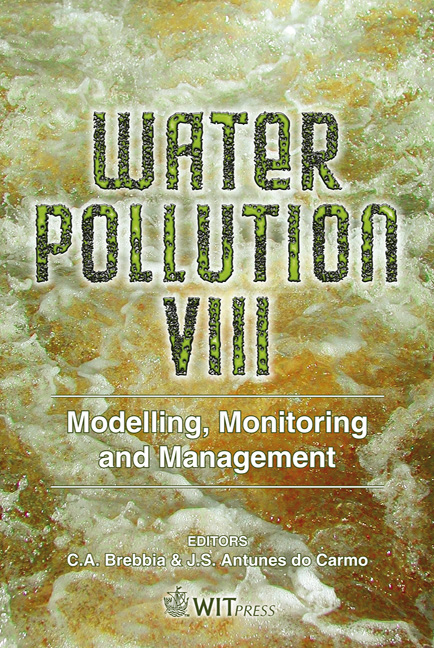Hydrological And Water Quality Modeling In The Ontario River Basins: Comparison Of Model Results
Price
Free (open access)
Transaction
Volume
95
Pages
9
Published
2006
Size
915 kb
Paper DOI
10.2495/WP060171
Copyright
WIT Press
Author(s)
R. P. Rudra, B. Gharabaghi, S. Gebremeskel, S. Das & H. Bai
Abstract
The applicability and validity of hydrological and water quality models has to be critically evaluated before they can be used in a basin different from where they were originally developed. Variations in physiographic characteristics and climate regime will affect the choice of a suitable hydrological model as models vary in the assumption and simplification of the natural process. These entail evaluation and if necessary modification of the original model assumptions, processes descriptions and structure to suit the river basin in consideration. The objective of this study is to investigate the applicability of widely used hydrological and water quality models under the Ontario condition in Canada. In this study the ANNualized AGricultural Non-Point Source (AnnAGNPS) and the Areal Non-Point Source Watershed Environmental Response Simulation (ANSWERS-2000) are considered. First, the uncalibrated models were applied to the Canagagigue Creek, a tributary of the Grand River basin in Ontario, Canada for a period of 1998–1999 on a daily basis. Based on parameter sensitivity analysis, the models were calibrated. Finally, the performance of the models were assessed and evaluated for their ability to simulate streamflows and sediment yield. Keywords: water quality, hydrological modeling, Canagagigue creek, Grand River basin. 1 Introduction There is mounting evidence to suggest the water quality in Grand River basin is under increasing threat. The main causes of this degradation in water quality are pollution derived from point and non-point sources. There have been some
Keywords
water quality, hydrological modeling, Canagagigue creek, Grand River basin.





